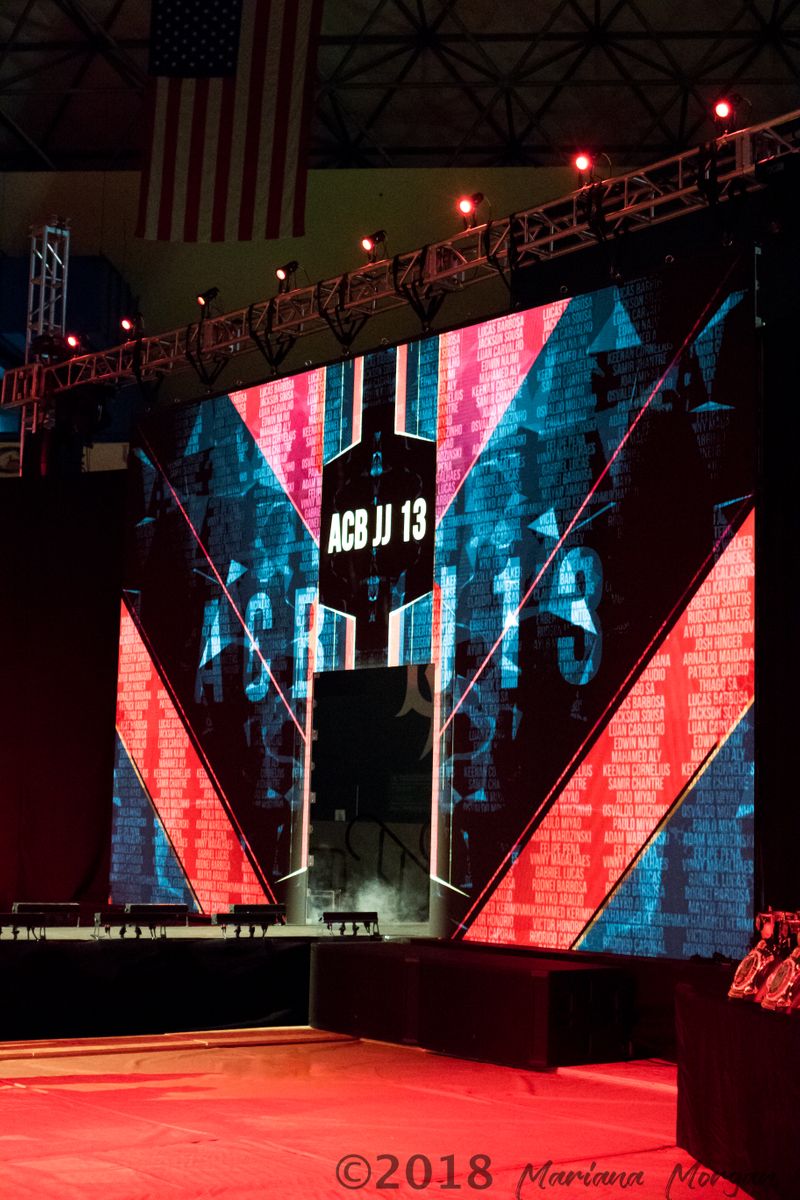Exploring the Diverse Integration Solutions Available for Light Emitting Diode Display Panels
Exploring the Diverse Integration Solutions Available for Light Emitting Diode Display Panels
Blog Article
Light Emitting Diode display panels have gained traction for their capacity to deliver crisp imagery in multiple settings, from corporate environments to event venues. One of the primary aspects of these panels is their connectivity options, which allow users to connect them to multiple devices and systems. Understanding the broad input options supported for Light Emitting Diode wall panels is essential for maximizing their use and effectiveness. This article explores these features, highlighting how they can cater to various needs and preferences.
One frequent connection approach for LED wall panels is HDMI. High-Definition Multimedia Interface is broadly known for transmitting crisp video and audio streams between devices. This interface type is especially useful in business environments, such as conference rooms or classrooms, where visual content or video content are often shared. By using HDMI cables, operators can seamlessly link laptops, projectors, and streaming equipment to Light Emitting Diode wall panels, ensuring a clear and dynamic display of information.
Another commonly used interface option is Display Port, which is similar to HDMI but offers enhanced advantages. DisplayPort can support elevated refresh rates and display outputs, making it an excellent choice for gaming or graphic-intensive applications. For those deploying Light Emitting Diode wall panels in environments where performance is essential, such as competitive gaming venues or design studios, Display Port can provide the required visual clarity. Additionally, many contemporary computers and graphics cards include DisplayPort connections, making it a convenient option for technology-oriented professionals.
In addition to HDMI and Display Port, cordless connectivity options are becoming progressively common in LED wall panel technology. Cable-free interfaces allow users to transmit content without the need for physical cables, enabling a streamlined and more adaptable setup. Technologies such as wireless click over here internet and Bluetooth allow users to link smartphones, tablets, and laptops seamlessly to Luminescent Diode wall panels without tangled wires. This versatility is especially beneficial in dynamic settings like trade shows or live functions, where rapid adjustments to displays are often needed.
For larger deployments or more intricate configurations, LAN integration through Ethernet is another viable option. Ethernet connections provide a consistent and robust way to integrate multiple Light Emitting Diode wall panels within a network. This setup is suitable for electronic display applications found in shopping malls or airports, where numerous panels may need to present coordinated content across a browse around this web-site broad area. By using network cabling and network switches, users can ensure that all linked panels receive uniform data and information seamlessly.
Lastly, it's important to consider the future of connectivity with technologies such as Universal Serial Bus-C and Thunderbolt Three. These next-generation connection types offer increased data transfer rates and flexibility by allowing one connector to handle both energy transfer and data exchange. As more systems incorporate these protocols, Light Emitting Diode wall panels equipped with Type-C ports will likely become more common. This evolution in integration not only enhances the functionality of LED wall panels but also aligns with the growing trend of minimalism in technology setups by reducing the number of cables needed.
In conclusion, examining the broad interface methods accessible for Light Emitting Diode wall panels uncovers many opportunities for operators across multiple industries. From conventional approaches like High-Definition Multimedia Interface and Display Port to contemporary cordless technologies and network connections, each option serves unique purposes tailored to specific needs. Furthermore, next-gen technologies like Universal Serial Bus-C offer further developments in how professionals utilize Luminescent Diode wall panels. By grasping these integration alternatives, end-users can make strategic selections that optimize their overall engagement with these multifunctional visual solutions.
